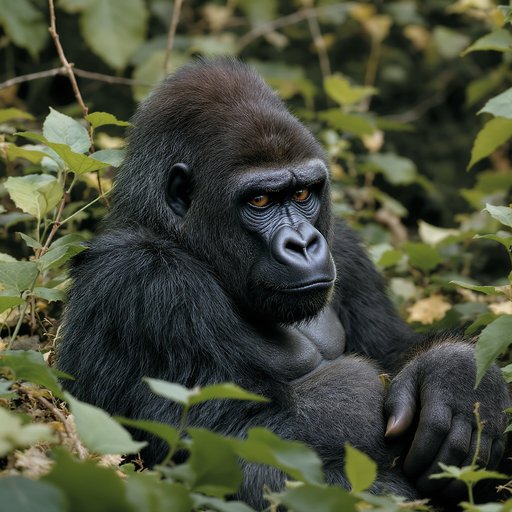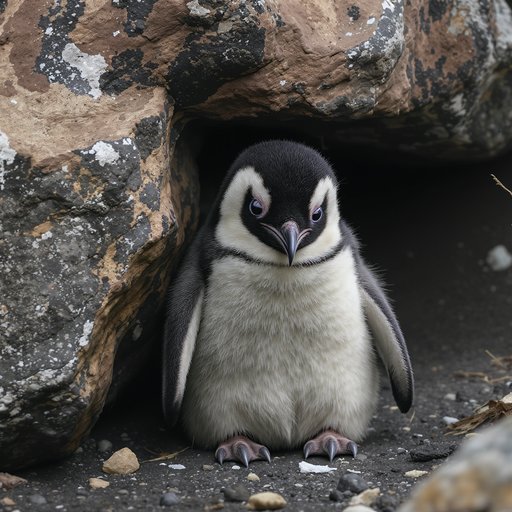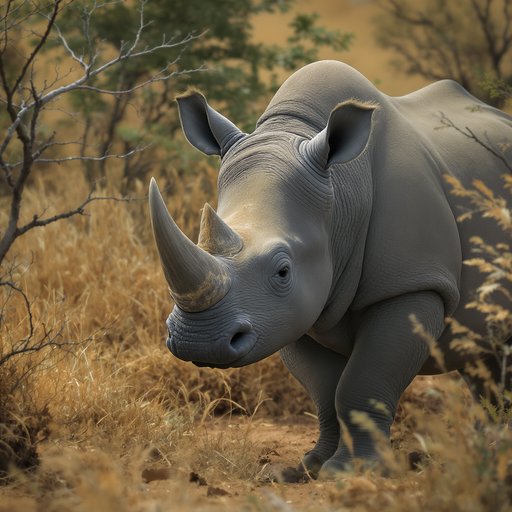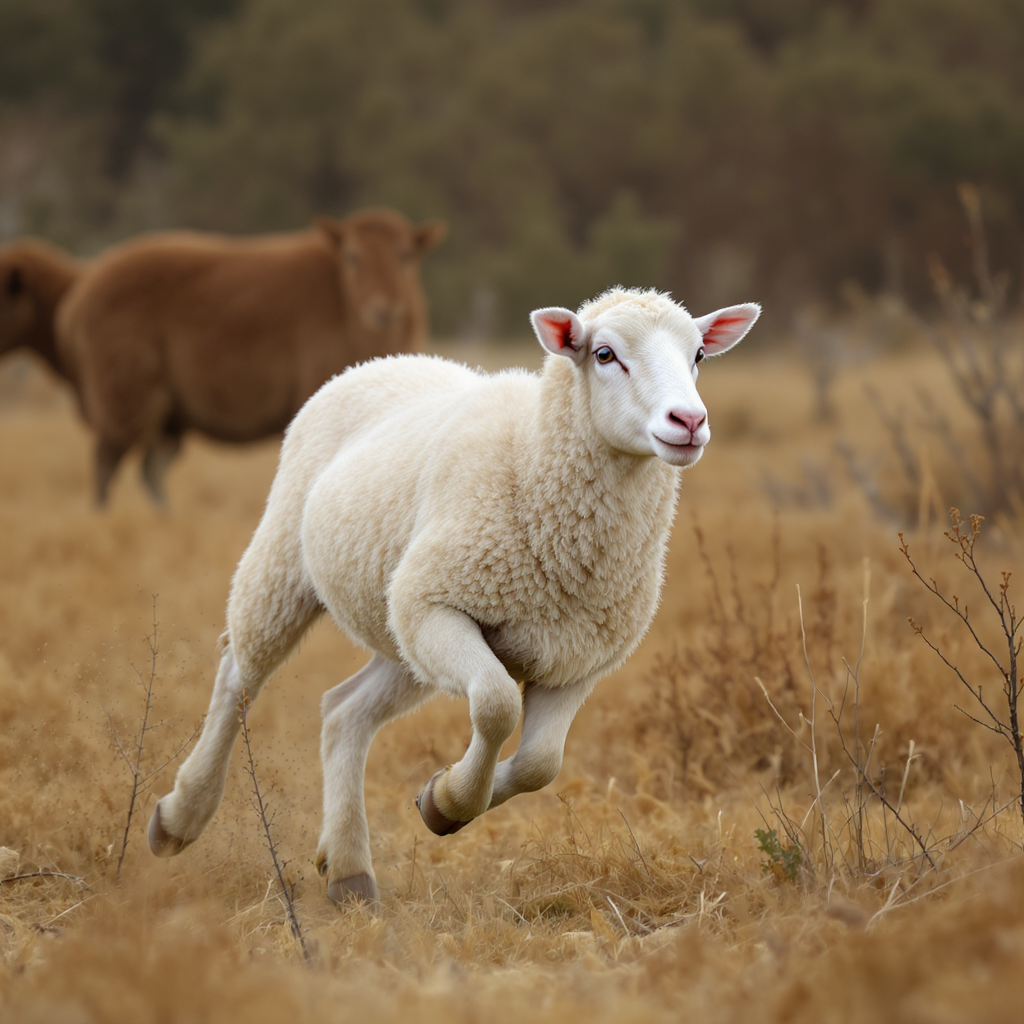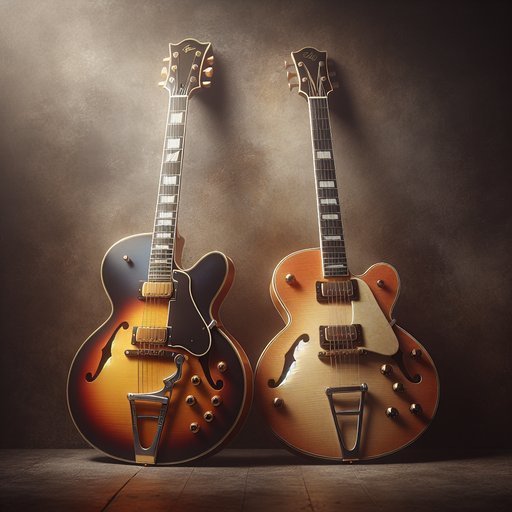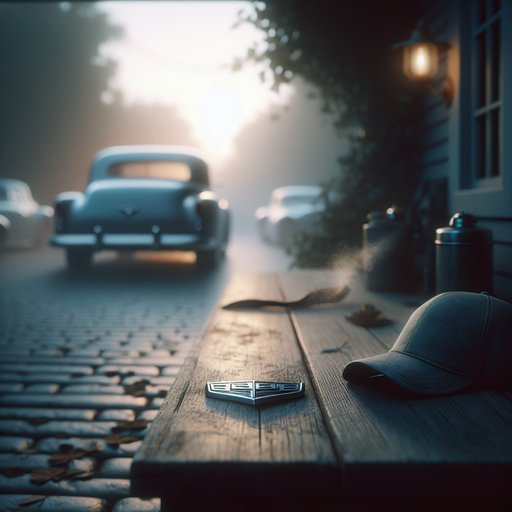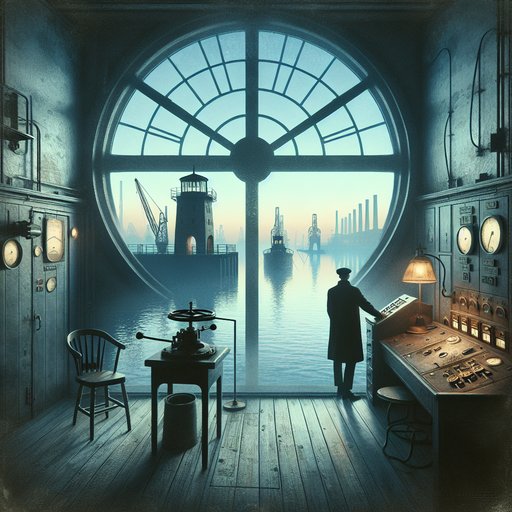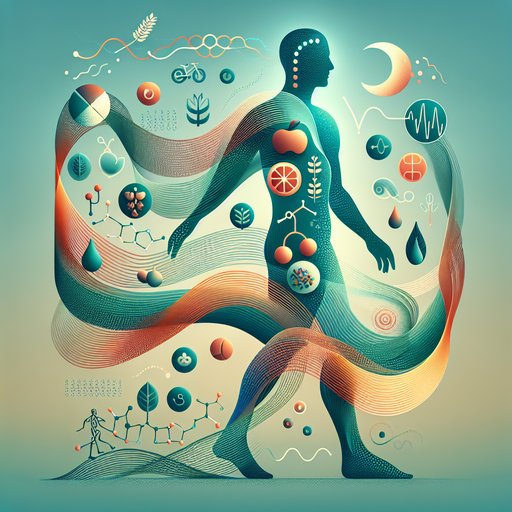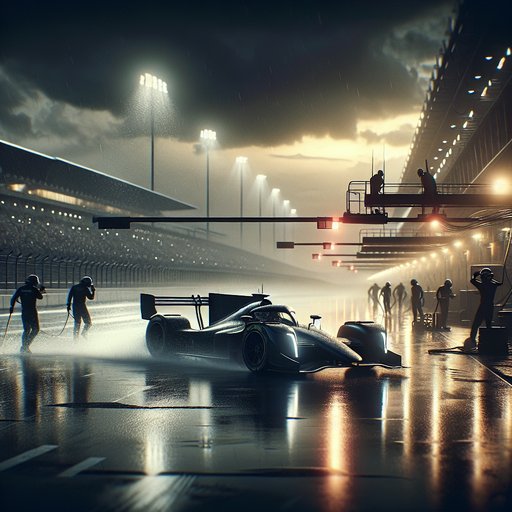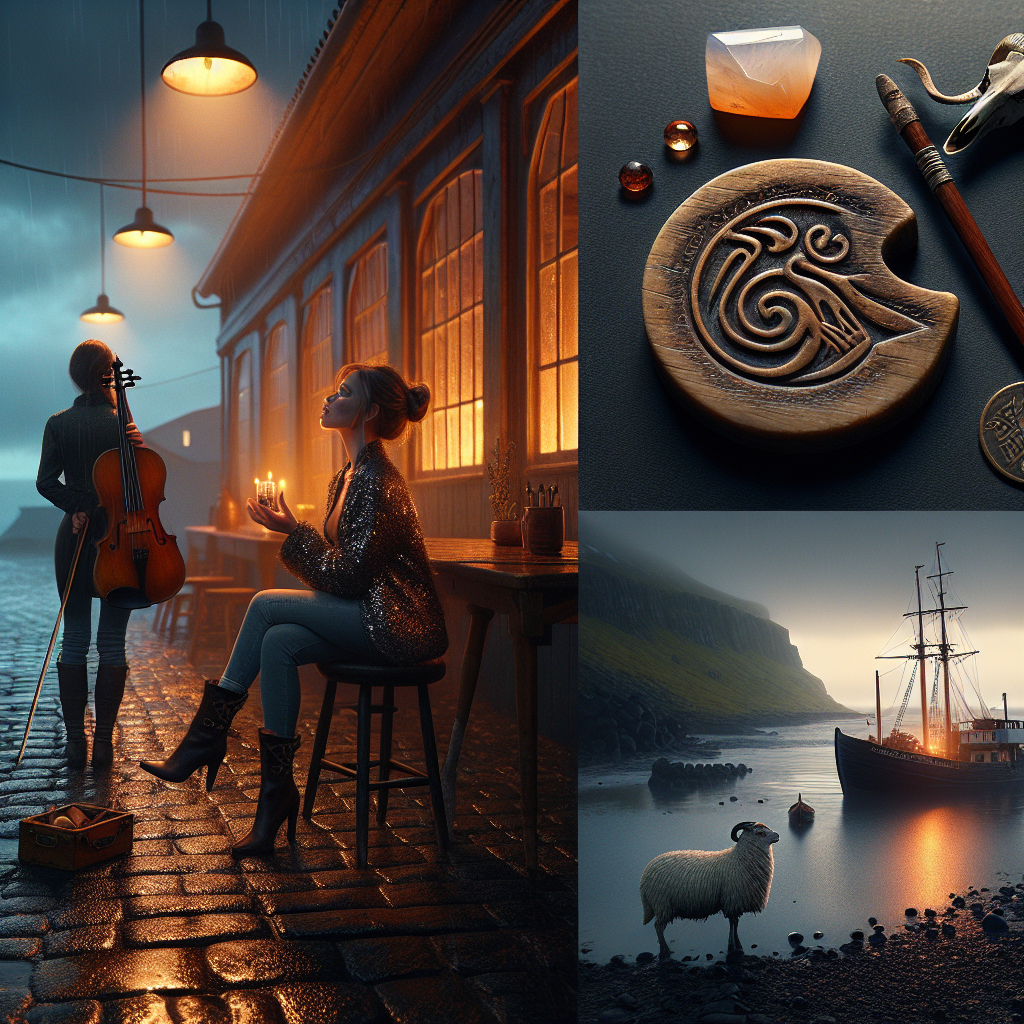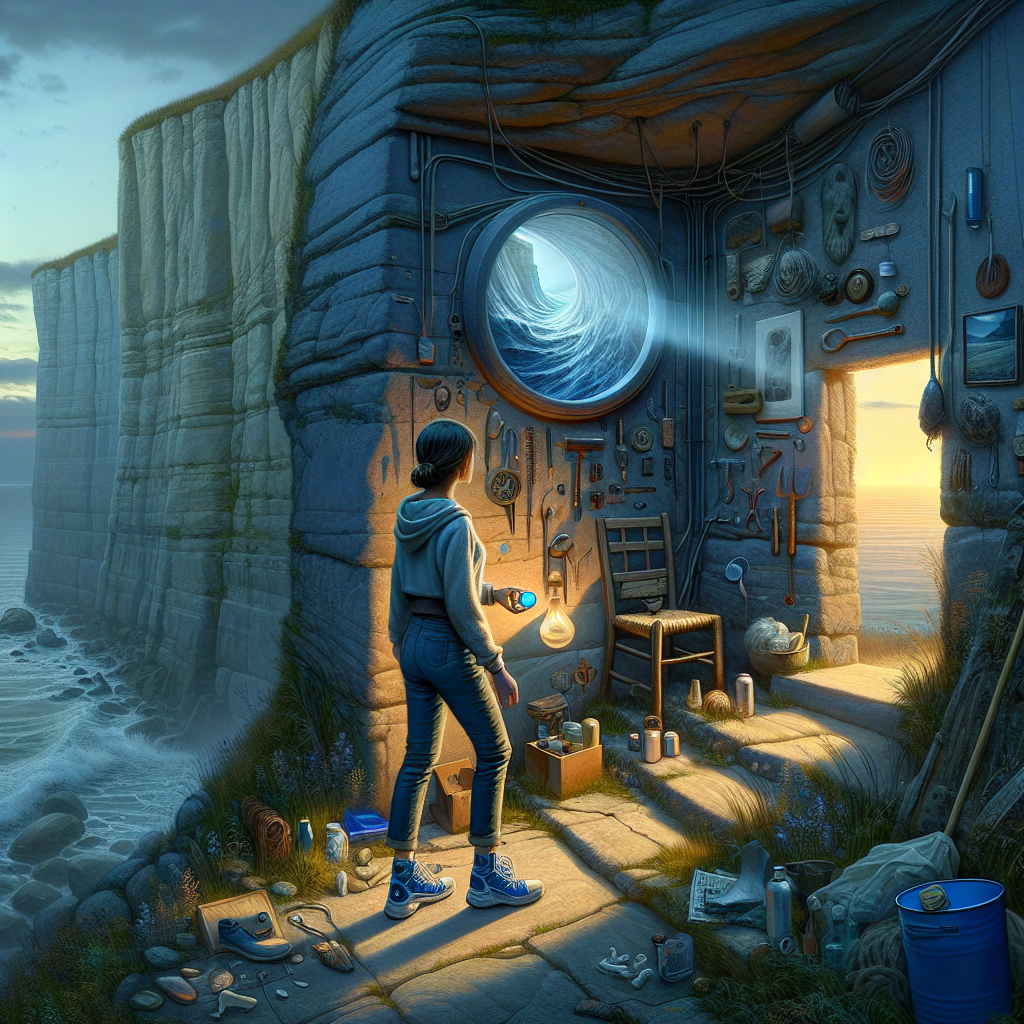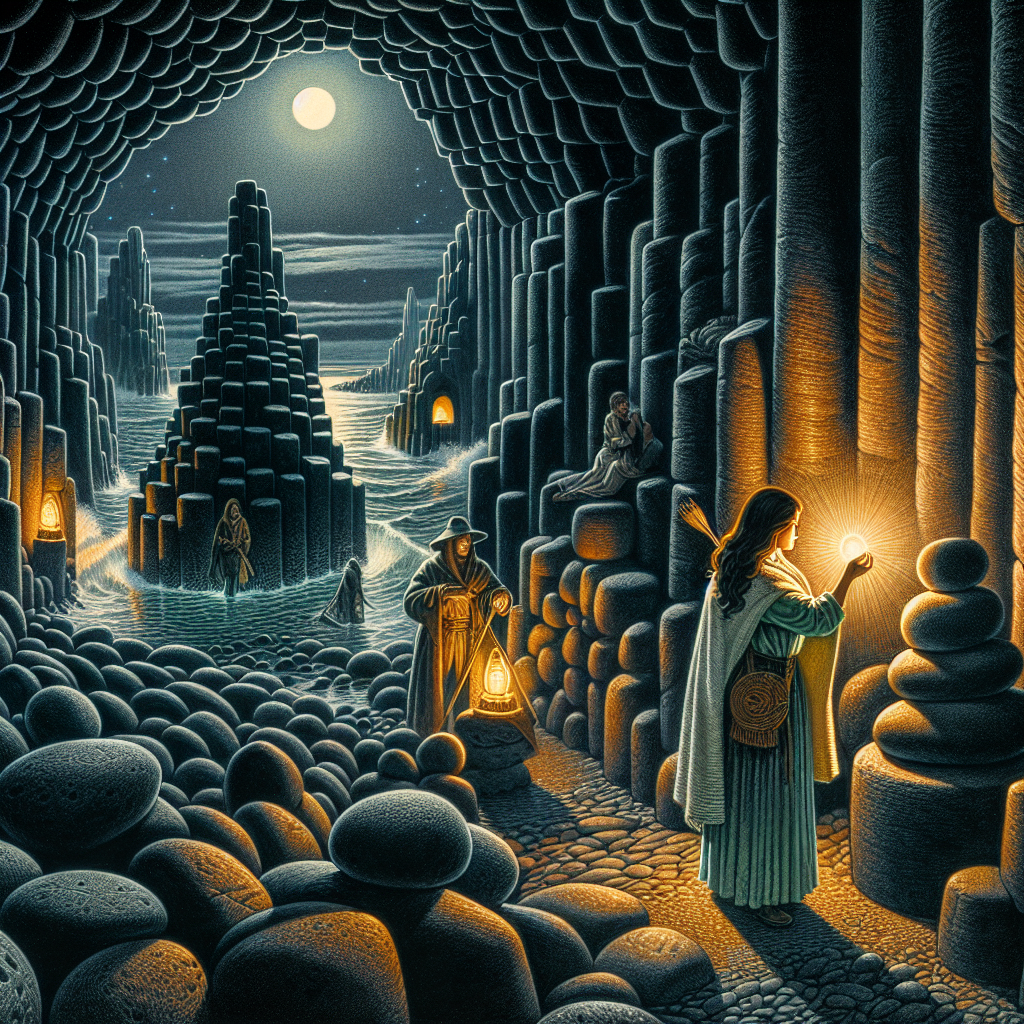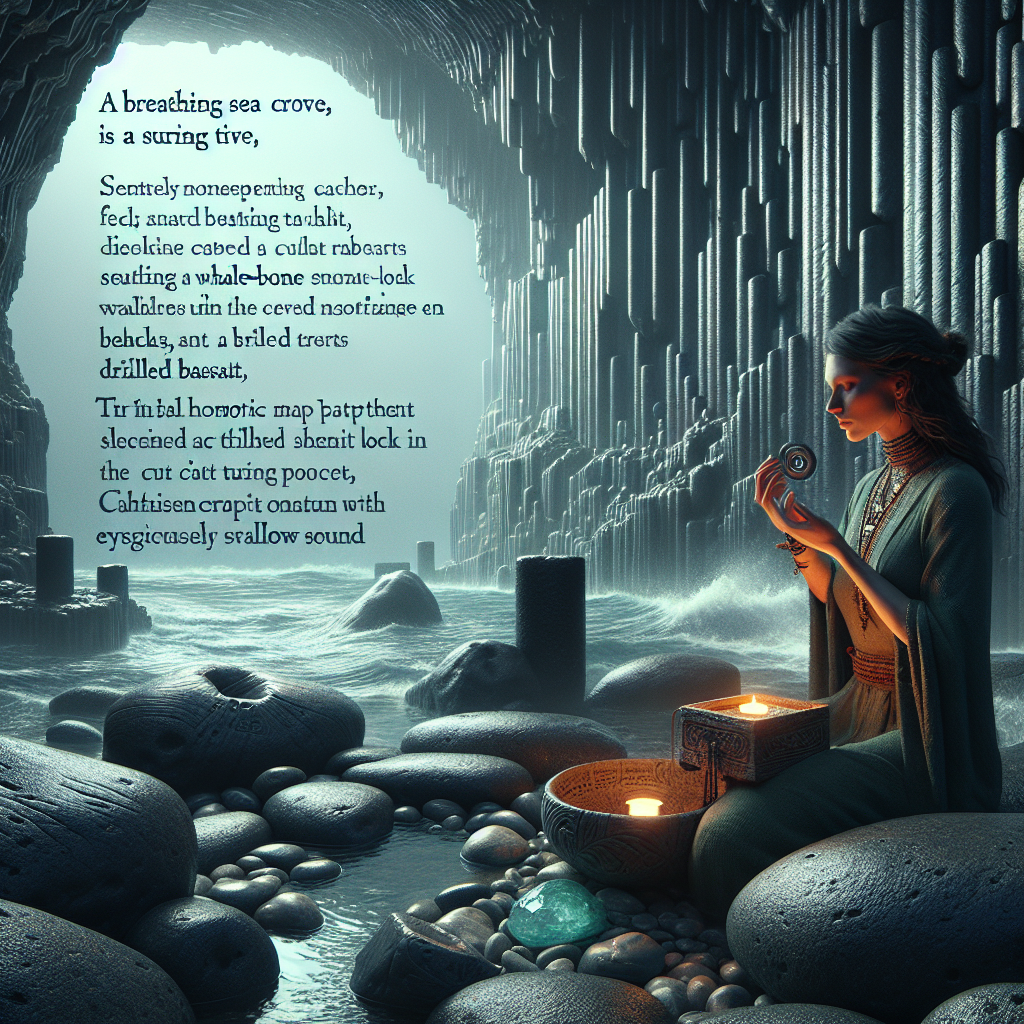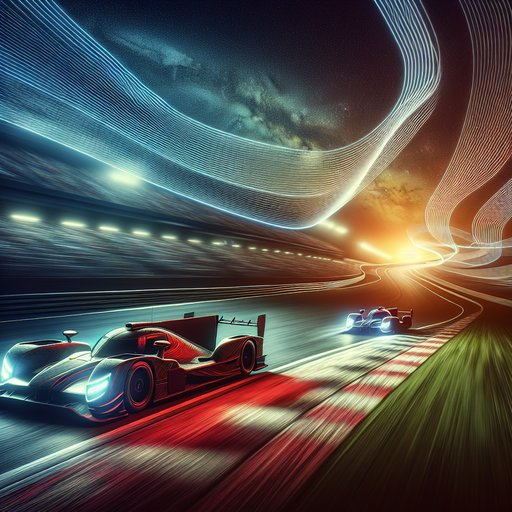 The 24 Hours of Le Mans, a grueling test of endurance, skill and grit for auto racing teams, has been a site of innumerable tales of triumph and heartbreak. However, one fairy-tale finish will always captivate casual observers and racing aficionados alike–the story of a relatively unknown team rising through the ranks to taste victory under seemingly impossible circumstances.
The 24 Hours of Le Mans, a grueling test of endurance, skill and grit for auto racing teams, has been a site of innumerable tales of triumph and heartbreak. However, one fairy-tale finish will always captivate casual observers and racing aficionados alike–the story of a relatively unknown team rising through the ranks to taste victory under seemingly impossible circumstances.
The year was 1958 when 'Equipe Ecosse', a private motor racing team from Scotland, entered the race. Their journey from underdogs residing in modest accommodations (a converted old Edinburgh tram depot) to becoming legends of the Le Mans tracks is truly a Cinderella story in the world of motorsport. The team’s race car, a three-year-old D-type Jaguar, wasn't the most sophisticated, especially compared to the technologically advanced giants they were up against. Yet, the drivers–Ron Flockhart and Ivor Bueb–believed in their machine, affectionately named 'Christabel'.
As the race began, the underdogs found an unexpected ally–the heaven skies. The weather conditions declined rapidly, and the race turned into a battle between the drivers and the elements, significantly neutralizing technological advantages. The driving prowess of Flockhart and Bueb came to the forefront, as they expertly threaded 'Christabel' through the creating mists, rain-soaked tarmac, and treacherous corners with exceptional skill. Night came and temperatures dropped, cars began retreating–breaking down or crashing.
But Flockhart and Bueb defied the elements, circling the Circuit de la Sarthe with incomparable bravery and skill. As the night waned and dawn approached, Equipe Ecosse and their D-type Jaguar were still standing. Faster machines remained, but their drivers, fatigued by the harsh conditions, began to falter. Whereas Flockhart and Bueb, hailing from the rugged climate of Scotland, were more than used to this grit test.
With the final hours ticking down and the weather growing worse, it became a trial of fortitude, and the Scots excelled. As the chequered flag fell, to the disbelief of many, the Scots had done it–Equipe Ecosse had secured victory at the 24 Hours of Le Mans. The victory of the Scottish underdogs reminded everyone that in motorsports, the spirit of drivers, combined with mechanical reliability, could triumph over more profound pockets and advanced technology. Today, Equipe Ecosse's emphatic 1958 victory serves as an inspiring reminder that in the grueling arena of the 24 Hours of Le Mans, heart and resilience often count for more than horsepower and high-tech gadgetry–a lesson as relevant today as it was back then.









